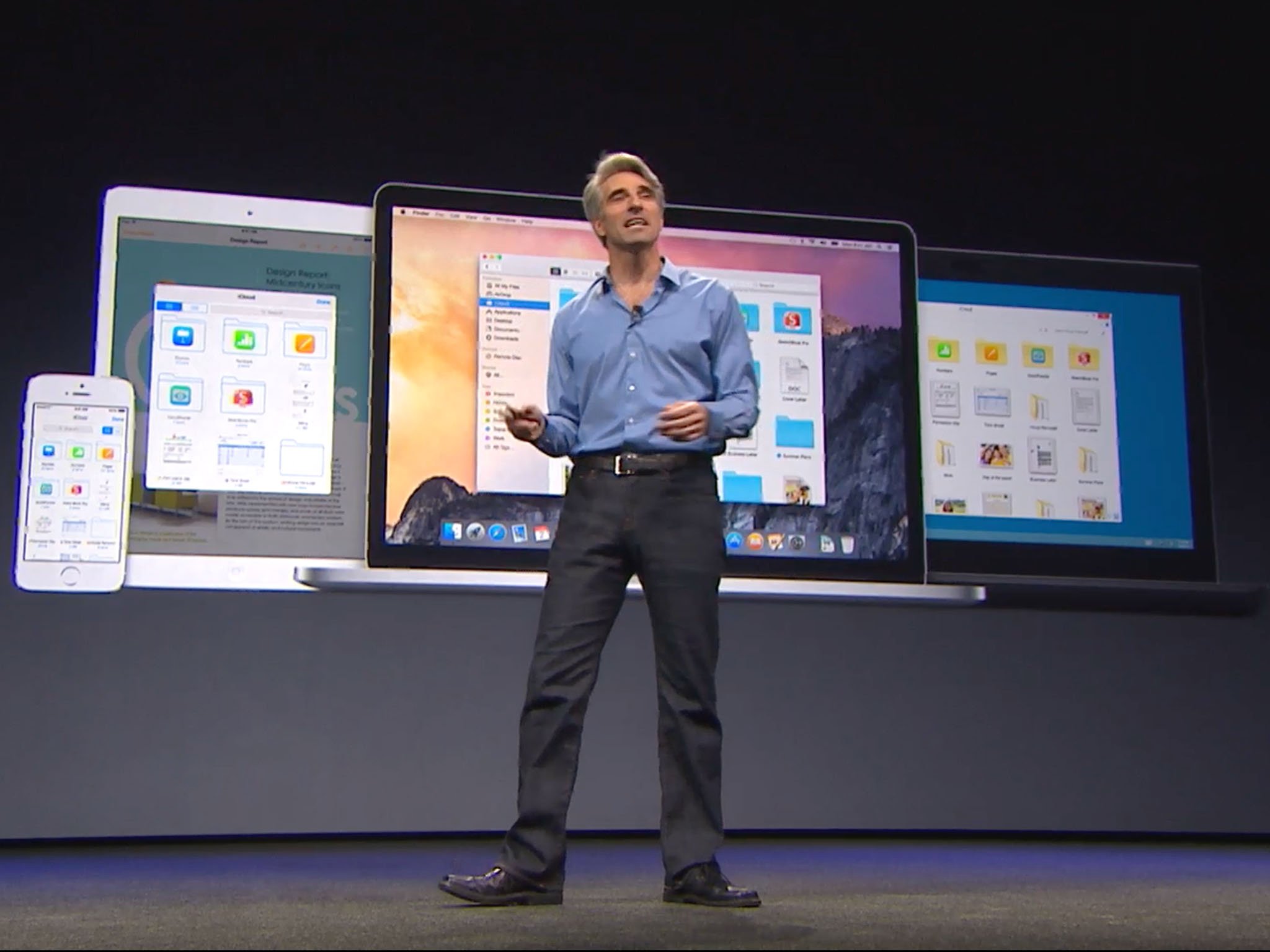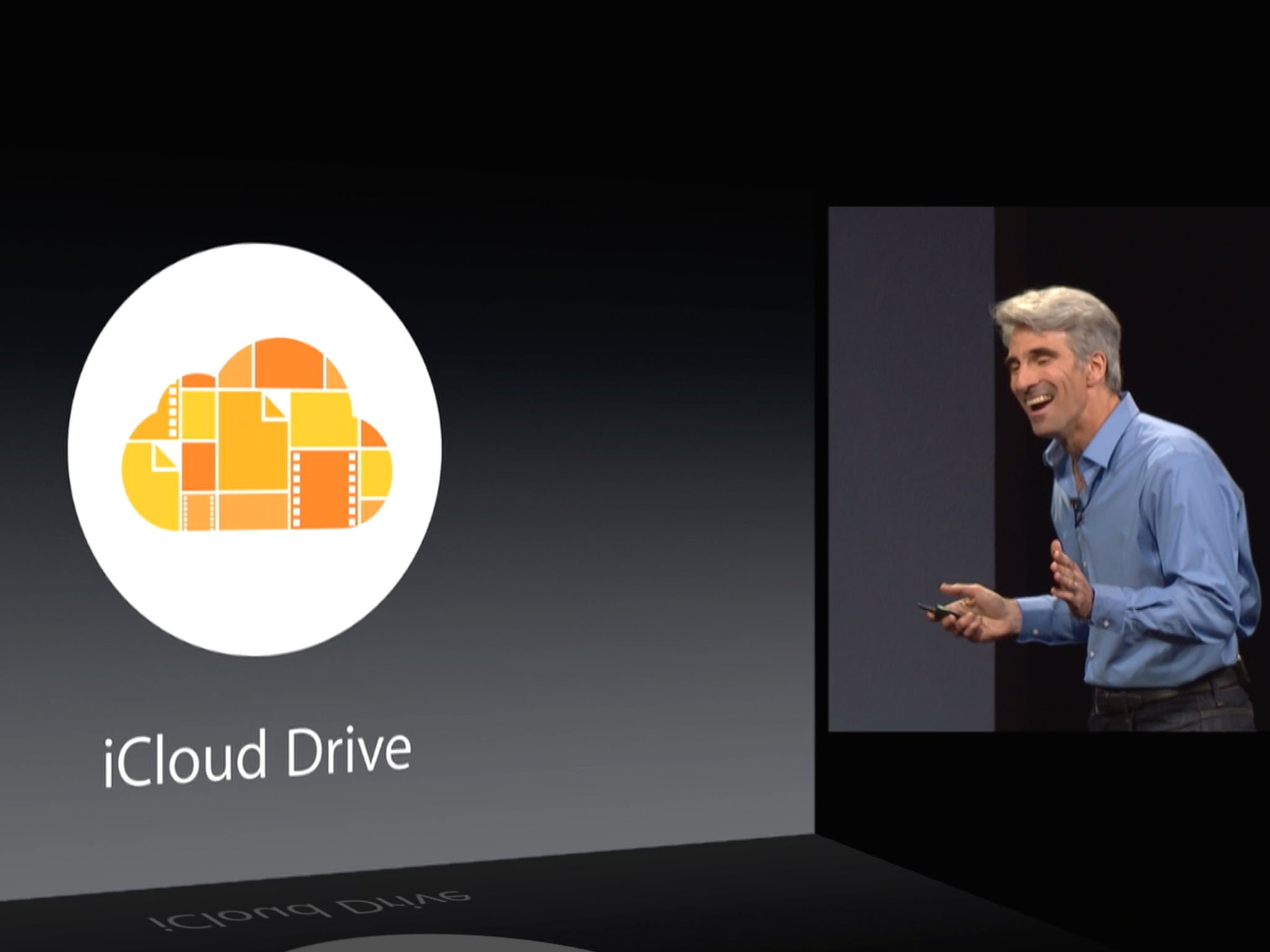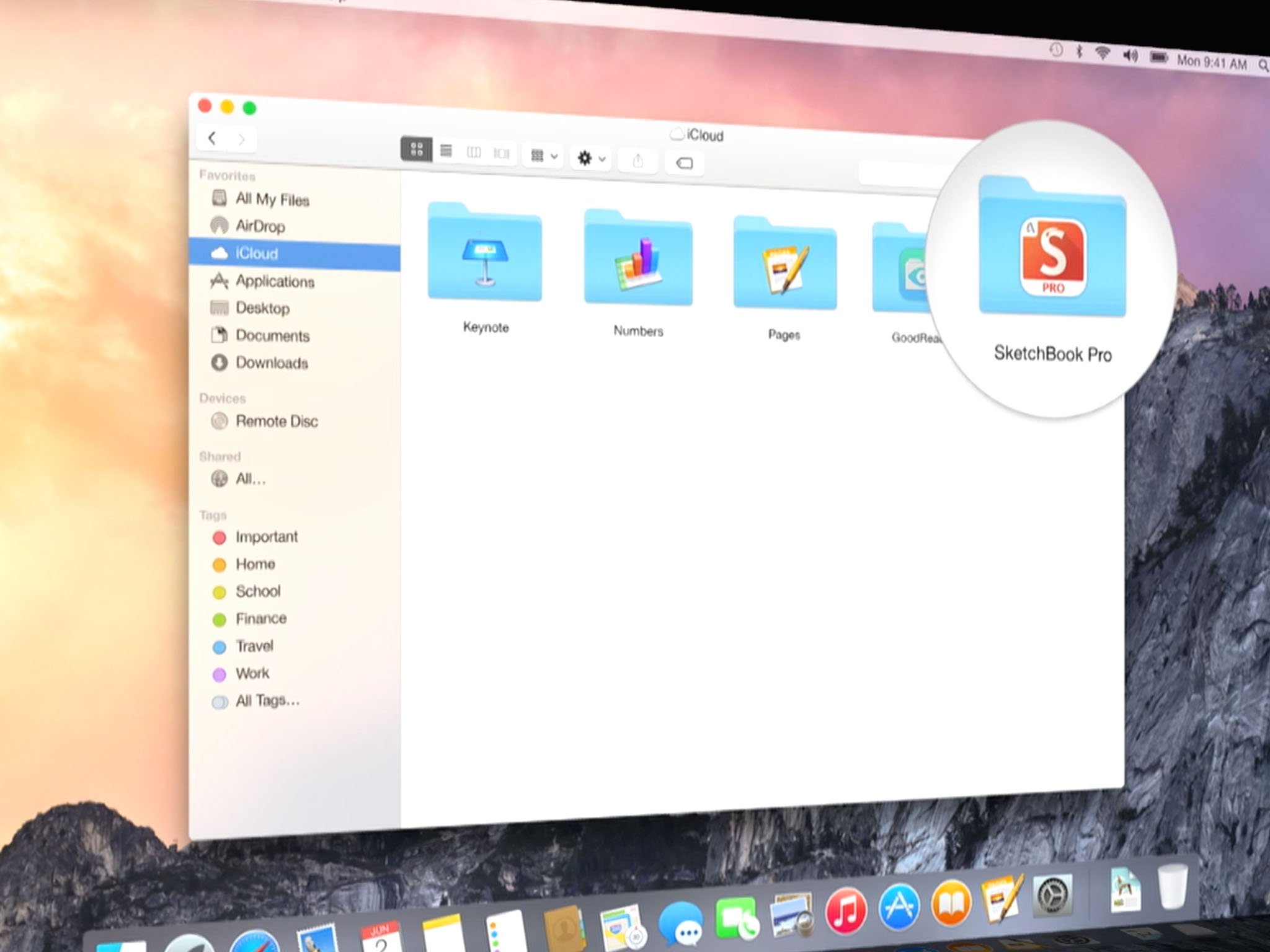iCloud drive in OS X Yosemite: Explained


Need to sync files between Macs, or between Macs, iOS devices and PCs? Look no further than iCloud Drive
Steve Jobs famously told the creators of Dropbox that their app was a feature, not a product, and they proved him wrong. Dropbox and other file sharing services have grown to near ubiquity as people find more uses for them. Apple's not ready to cede Jobs' position, though. iCloud Drive is coming to iOS 8 and OS X Yosemite, and it provides a lot of the same functionality that Dropbox does, but with much better top-to-bottom integration with Apple's ecosystem.
Cloud-based file service integrated with the system
iCloud Drive is a file sharing service that works in the cloud — iCloud, as the name implies. Files are visible on your Mac and your iOS device, and can be manipulated on the Mac by simple drag and drop. You can also create files using iCloud-aware apps on your iOS 8 device.
iCloud Drive appears on your Mac just like any other drive or service: it's listed in the Favorites sidebar; clicking on the icon will open the iCloud Drive folder. Inside the folder are documents and other folders, each containing the files you've put there. From your Mac you can store any file on iCloud Drive you want to, in whatever folder structure you want, and you can access them from your Mac, iPhone, iPod Touch or iPad running iOS 8.
To move a file into the cloud you simply drag them into the iCloud Drive from the Finder. You can also create a new document using an iCloud-enabled app on your iOS device; those files are then stored in their own folders on iCloud Drive.
Smoothing the rough edges out of file sync
For years iOS users have begged Apple to provide some sort of visible file system for iOS, to make it easier to move documents between applications and to do more with those files. While iOS 8 won't have a visible file system, iCloud Drive does solve a big problem: the "siloing" of documents that can only be opened by their respective applications.

In the case of iOS devices, apps will be able to open any iCloud Drive document that registers as readable to them, so you'll be able to import graphics you've made from one document into the presentation document you've created using Keynote, say.
This is a huge step in the right direction for iOS device users who expect the same sort of workflow flexibility out of their iPhone or iPad that they get out of their Mac.
Master your iPhone in minutes
iMore offers spot-on advice and guidance from our team of experts, with decades of Apple device experience to lean on. Learn more with iMore!
"Sherlocking" Dropbox
Where does iCloud Drive leave services like Dropbox? I'm sure that Dropbox's developers aren't overly concerned at this point: More than 200 million registered Dropbox users were around by the end of the last year.
But it does save Mac, iPhone and iPad users from having to download a third-party utility that has to jump through hoops to provide some level of basic integration with its host computer and devices. This is an Apple-made solution that's going to see widespread support in fairly short order after launch.
Apple's smart to make iCloud Drive work on PCs, too. Many of us depend on PCs in the workplace or other environments where a Mac just isn't available. The apps available in iCloud.com — along with all the other related services — work just fine on the PC already.
Dropbox will remain a popular option for many users who want to share files with each other regardless of what platform they're working on, but users dialed into the Apple ecosystem may find that iCloud Drive is a friendlier end-to-end service for their file needs.
Bottom line
I'm a long-time Dropbox user, but it's never been a perfect solution for me. Despite its developers' best efforts, Dropbox has never really gained complete integration with either my Mac or iOS workflow: It's always felt grafted on. I'm excited about iCloud Drive for exactly that reason — instead of a product, it really is a feature. And a useful one at that.
Do you plan to replace Dropbox with iCloud Drive? Does iCloud Drive solve problems for you in iOS? Let me know what you think in the comments.

